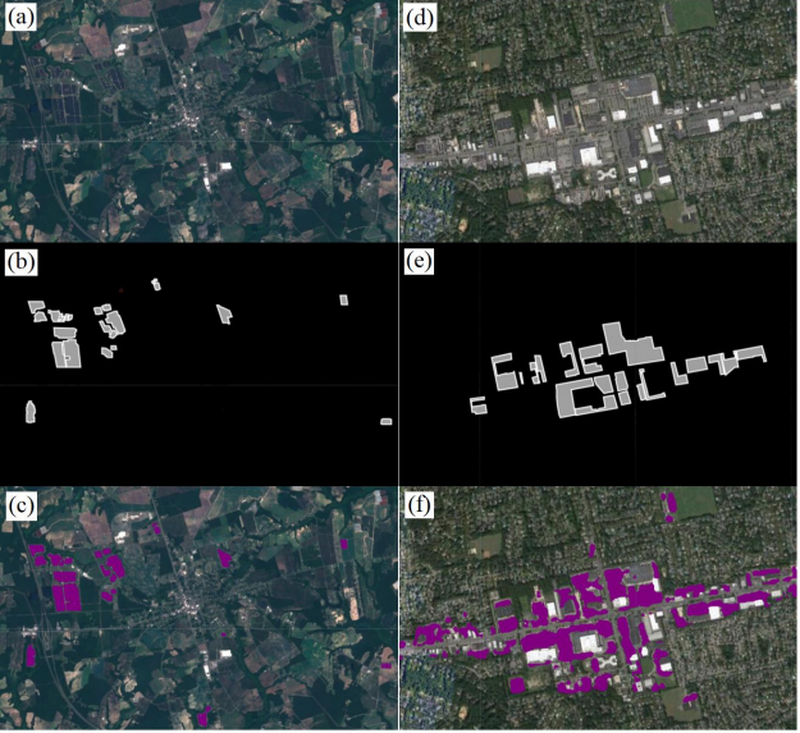

We have an unprecedented ability to analyze and map the Earth’s surface, as deep learning technologies are applied to an abundance of Earth observation systems collecting images of the planet daily. In order to realize the potential of these data to improve conservation outcomes, simple, free, and effective methods are needed to enable a wide variety of stakeholders to derive actionable insights from these tools. In this paper we demonstrate simple methods and workflows using free, open computing resources to train well-studied convolutional neural networks and use these to delineate objects of interest in publicly available Earth observation images. With limited training datasets (<1000 observations), we used Google Earth Engine and Tensorflow to process Sentinel-2 and National Agricultural Imaging Program data, and use these to train U-Net and DeepLab models that delineate ground mounted solar arrays and parking lots in satellite imagery. The trained models achieved 81.5% intersection over union between predictions and ground-truth observations in validation images. These images were generated at different times and from different places from those upon which they were trained, indicating the ability of models to generalize outside of data on which they were trained. The two case studies we present illustrate how these methods can be used to inform and improve the development of renewable energy in a manner that is consistent with wildlife conservation.